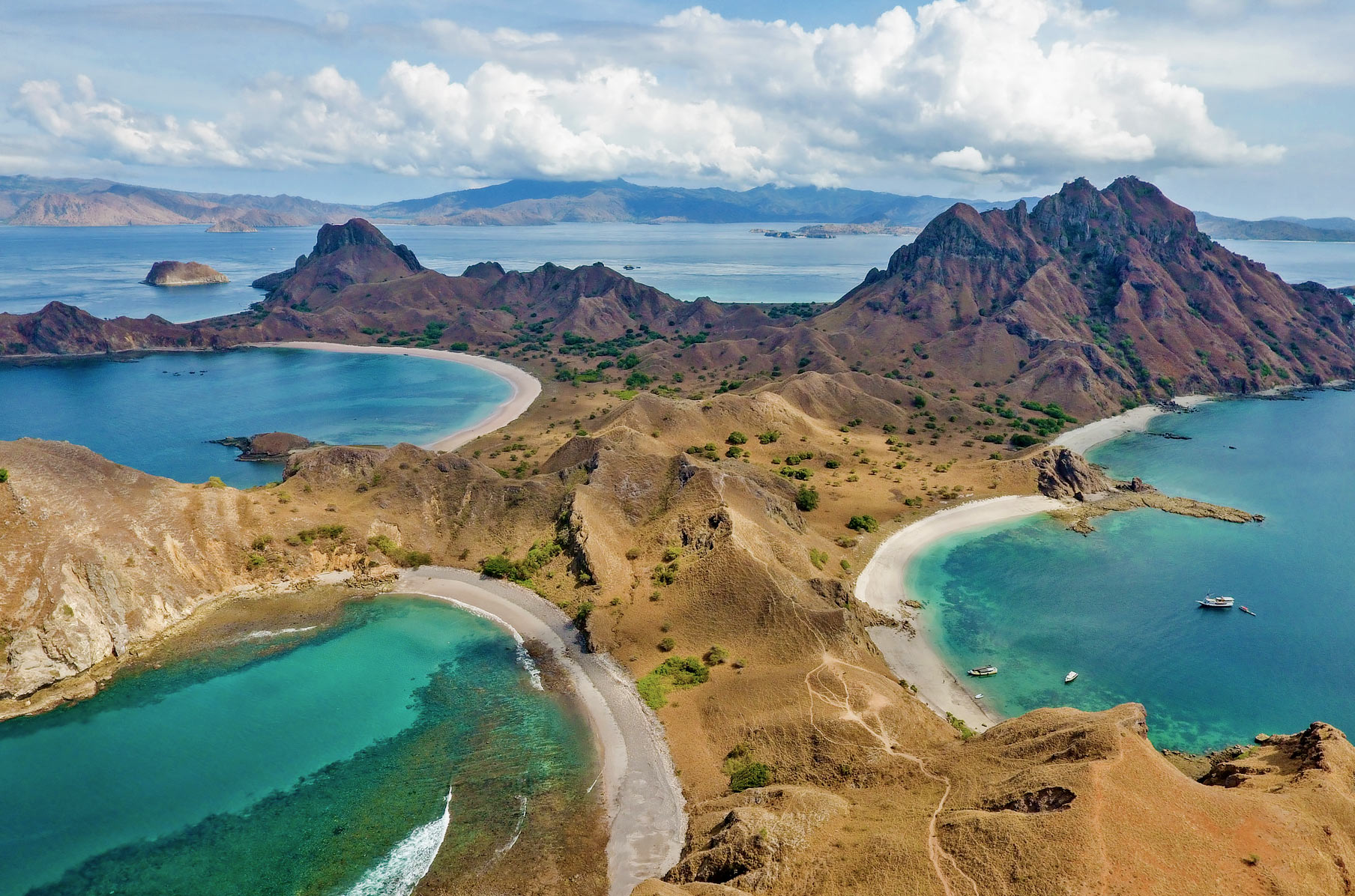Recently recognised as one of the world’s new “Seven Natural Wonders”, the Komodo National Park is one of Indonesia’s most stunning attractions and offers a plethora of activities for the adventurous yacht. Consisting of the three large islands of Komodo, Rinca, and Padar as well as more than 20 smaller islands, the Komodo National Park is spread over an area of 1700 square kilometres of which 600 square kilometres is terrestrial. Due to the world famous Komodo Dragon (Varanus komodoensis) the world’s largest lizard, inhabiting several of the islands in the area, the region was deemed a National Park in 1980. In 1991, it was nominated as a UNESCO World Heritage site in order to help further protect its unique population of flora and fauna both above and below the ocean surface.
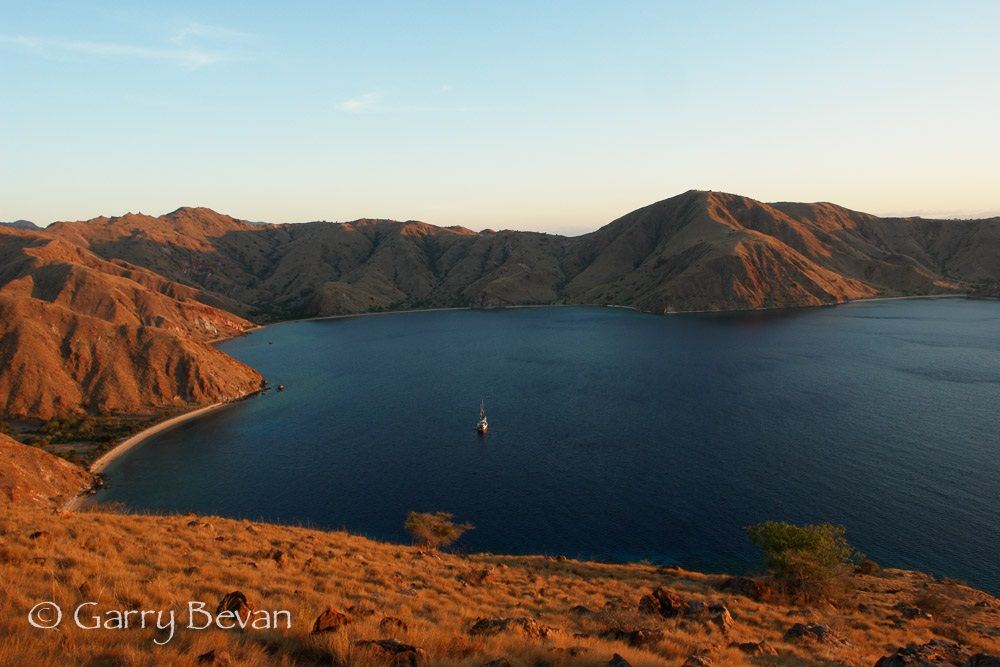
Situated between the major landmasses of Sumbawa to the west and Flores to the east, the Komodo National Park is surrounded by fast flowing currents exchanging nutrient rich water from the Indian Ocean in the south with the beautiful tropical Pacific water from the north. The mix of these two great oceans has created a unique marine environment that is as equally spectacular as the islands they surround. The blend of both underwater and land based attractions make the Komodo National Park a top yacht cruising destination with enough attractions to entertain guests of all ages on either a short or extended cruise itinerary. As the Komodo area is large, with many islands and a variety of “mini ecosystems”, it’s difficult to pick and choose the best attractions to visit. Here are ten of the most interesting and exciting adventures that the Komodo region has to offer.
Interacting with Manta Rays
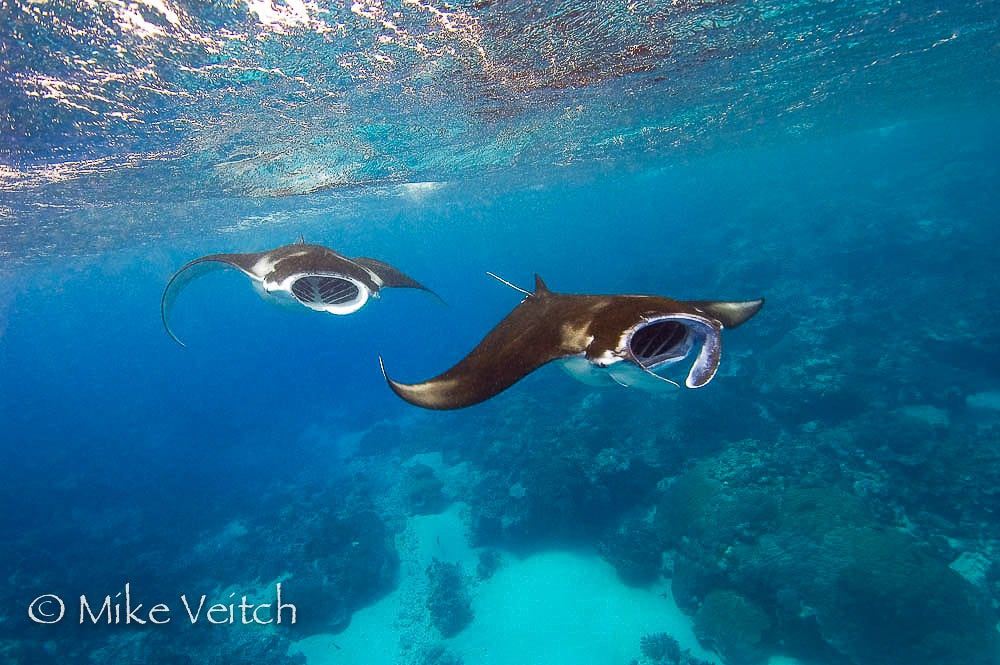
An activity that should be at the top of everyone’s list: the opportunity to snorkel or scuba dive with graceful manta rays. The majestic manta ray can be found in many areas around Komodo such as Gili Banta, Gili Lawa Laut, Makassar Reef, and of course Manta Alley in the south of Komodo island. With a 14-foot (3-4 metre) wingspan and no stinging barbs or teeth, these gentle giants are often found feeding in large groups at the surface in shallow water areas which are perfect for snorkel or dive interactions. The sense of wonderment at seeing one of these giant aquatic bats gliding through the water, mouth agape, scooping in mouthfuls of plankton, is truly a life changing moment.
Hiking to the Top of Gili Lawa Laut or Gili Lawa Darat
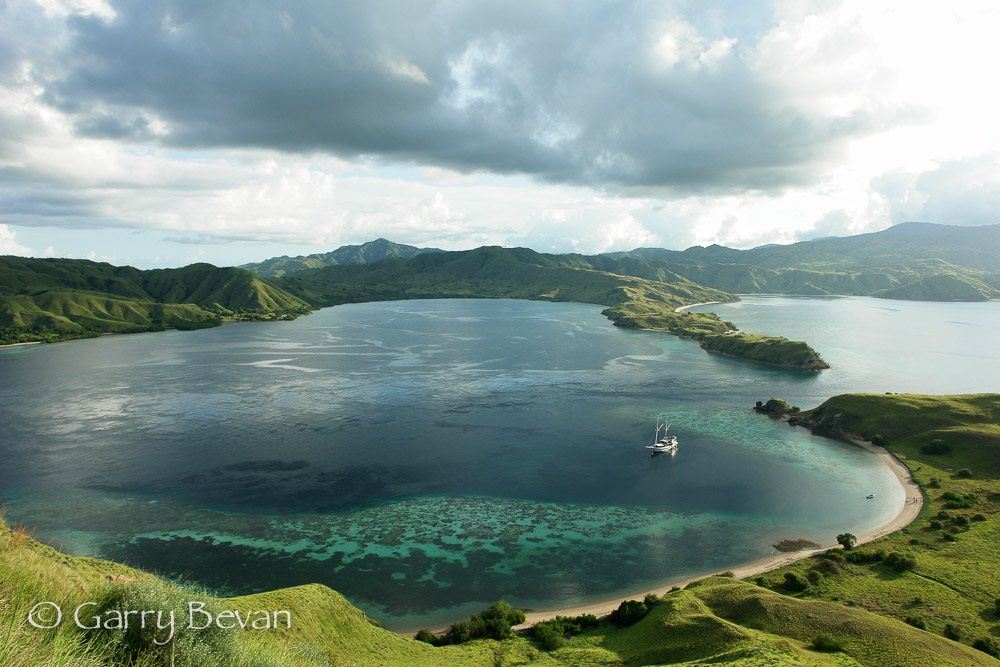
One thing that the Komodo National Park is certainly not short of is stunning views! During the dry season, the islands in the area resemble an African savannah with a twist. The contrast of the arid brown islands, surrounded by rich blue water and shallow fringing reefs, offers endless opportunities for amazing landscape photography. Although the ascent to the top of some of the islands can be somewhat challenging, the treks along these well-worn paths are truly rewarding. The best time to tackle the climbs is early morning or late afternoon when the sun is not too hot; good shoes and sun protection are recommended.
Horseshoe Bay
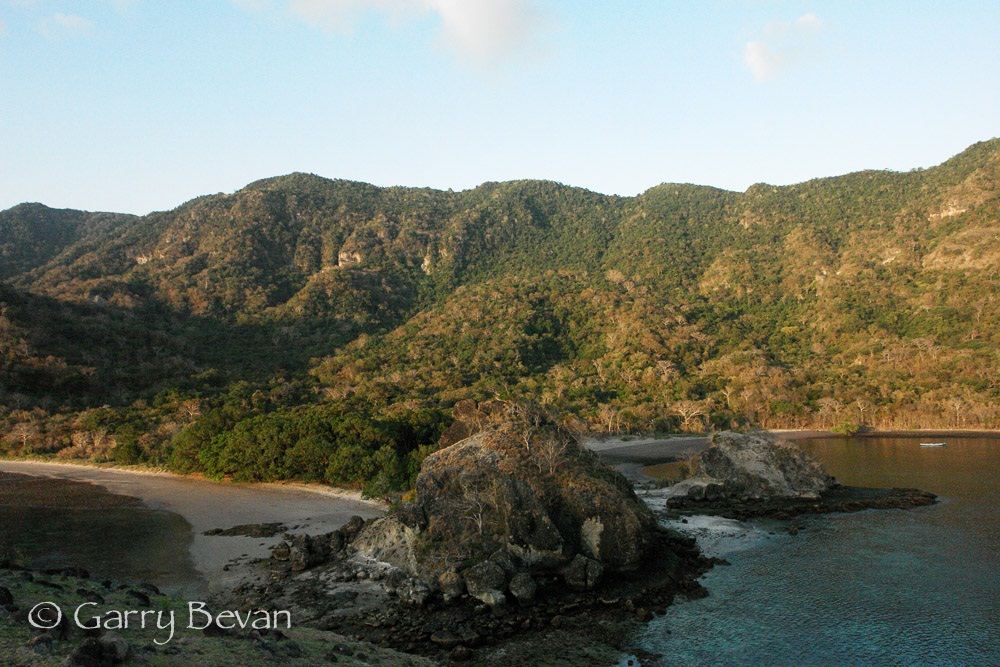
Nowhere in the Komodo area is the feeling of being in “Jurassic Park” more prevalent than in the iconic Horseshoe Bay at the far southern reach of Rinca Island. From the soaring mist covered peaks that surround this horseshoe shaped bay, through the Komodo Dragons pacing along the black sand beaches, to the deep green coloured water, the entire area pulses with a sense of the primordial. For terrestrial animal encounters, this is by far the best area in the National Park: monkeys, deer, wild pigs, and of course the endemic Komodo Dragon can be observed prowling the small beaches at all times of the day. Several species of large raptors, including kites and sea eagles, nest in the tall trees and are regularly spotted swooping through the air. Horseshoe Bay also offers some of the signature diving experiences in the National Park with several well-known dive sites such as Cannibal Rock and the Yellow Wall of Texas. The narrowness of the bay means that strong winds are in constant flux so vigilance is required when anchoring.
Exploring an Active Volcano
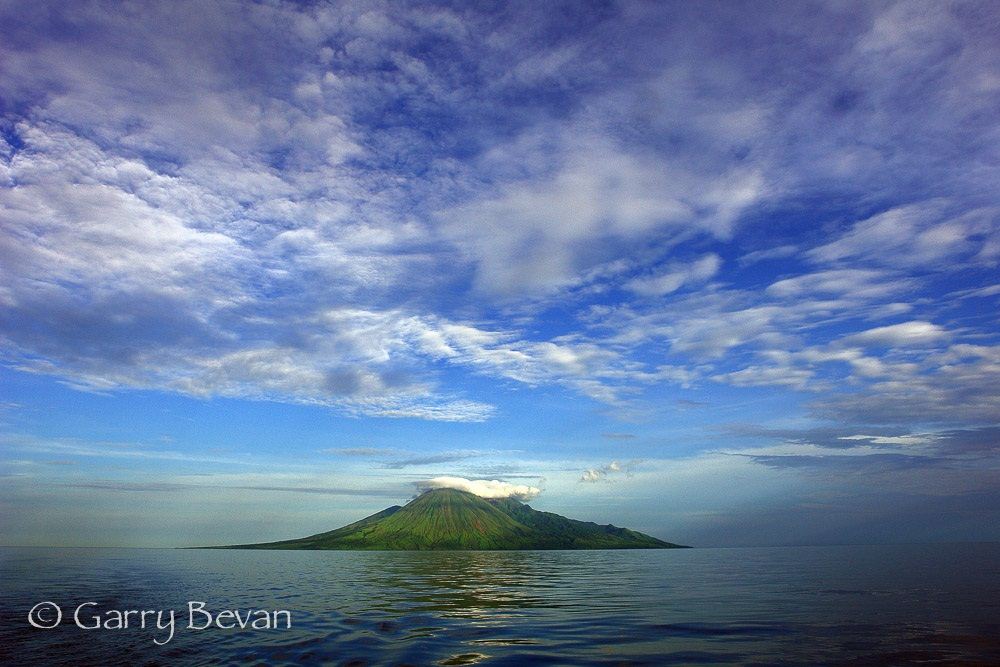
Although not officially inside of the boundaries of the national park, Sangeang Volcano lies just a few nautical miles to the northwest of Komodo Island and its conical twin peaks dominate the horizon during spectacular sunsets in the northern regions of the park. Sangeang is an active volcano that is covered in savannah-like grasses and is home to small local settlements living a subsistence lifestyle herding cattle and tending crops. In addition to a couple of small villages to visit, the towering 1,900 metre peaks are very impressive backdrops for a day of topside exploration and walks along the beach. Although Sangeang remains active, the last ‘big’ eruption which required the evacuation of the islanders happened in 1988. One of the more unique marine attractions of Sangeang is a dive at “Hot Rocks” where volcanic gasses are constantly bubbling out of the black sand sea bed. The sand is actually warm to the touch and there are several vents along the reef where larger “plumes” of sulphur enriched warm water pump out of the bottom.
Exploring the Wilds of West Komodo Island
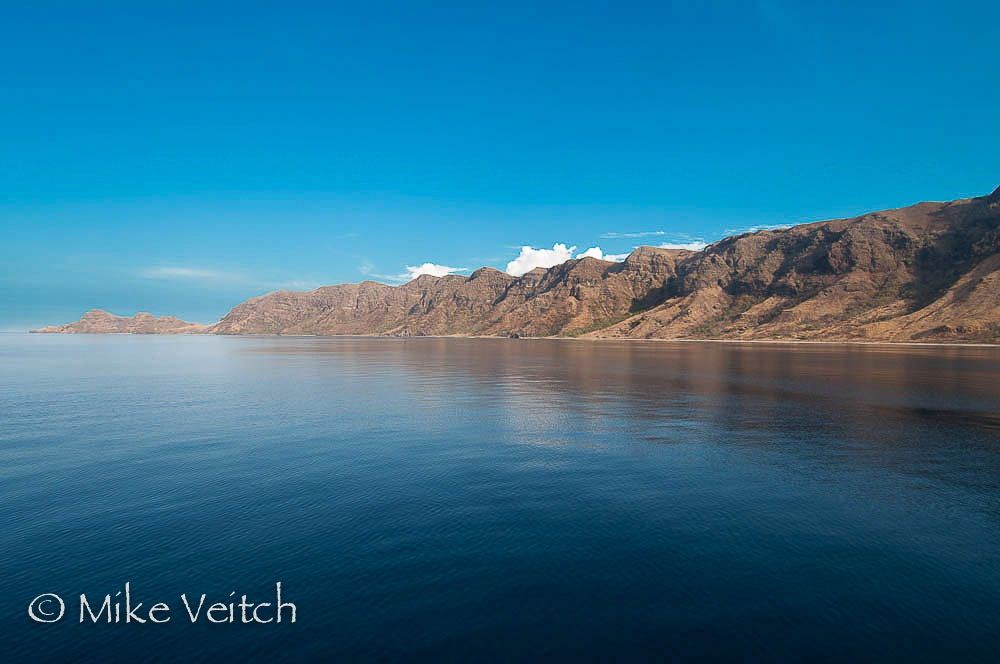
The majority of tourism in the Komodo National Park focuses on the western side of Rinca island or the eastern and northern edges of Komodo island, due in part to relatively calm water, but predominantly due to convenient access from Labuan Bajo town. For those looking for more adventure, the west coast of Komodo island offers miles of untouched beaches far from anywhere. With sweeping golden coloured sand, the bays and recesses along Komodo’s ‘wild coast’ offer pristine conditions for snorkelling, kayaking, and beach walking with ample opportunities to spot kites and sea eagles swooping through the air. From May – October the winds originate from the south and can create a reasonable sized swell along the west coast, so keeping an eye on the weather is of importance when cruising in this area.
A Guided Tour Through Dragon Infested Highlands
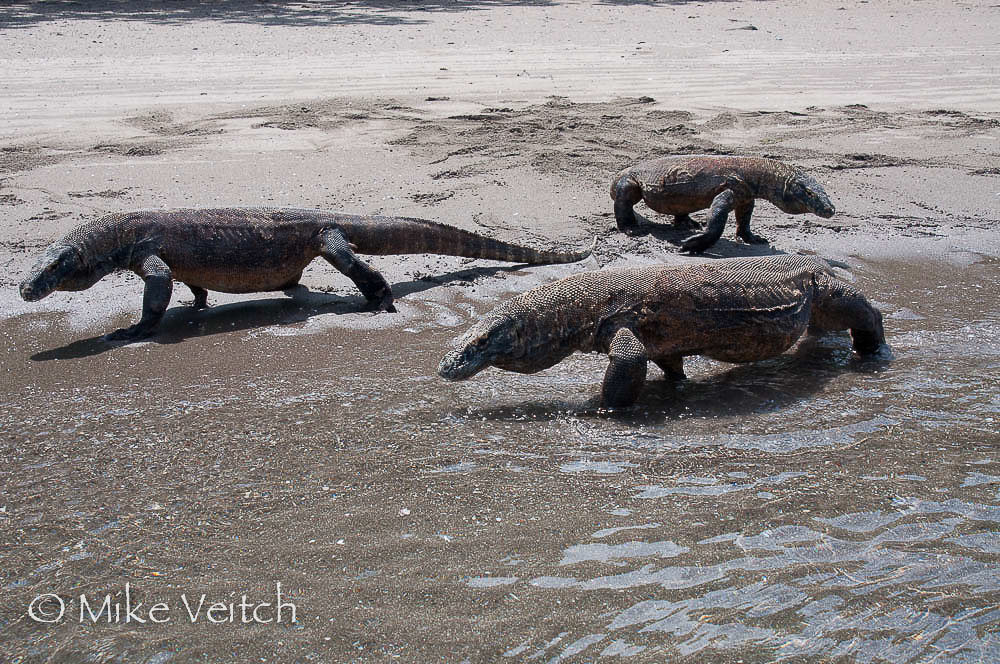
The best way to learn more about the history of the area, as well as the flora and fauna found in the park, is to participate in a guided tour of the islands with one of the resident team of National Park Rangers. Rinca Island and Komodo Island both have ranger stations where seasoned rangers lead a series of different adventures into the highlands. A selection of treks can last anywhere from one to five hours and often encounter a variety of wildlife such as deer, wild pig, snakes, monkeys, water buffalo, and of course Komodo Dragons. Talking to the rangers is also a great way to hear about their personal, and often hair raising experiences with the dragons!
Snorkelling World Class Coral Reefs
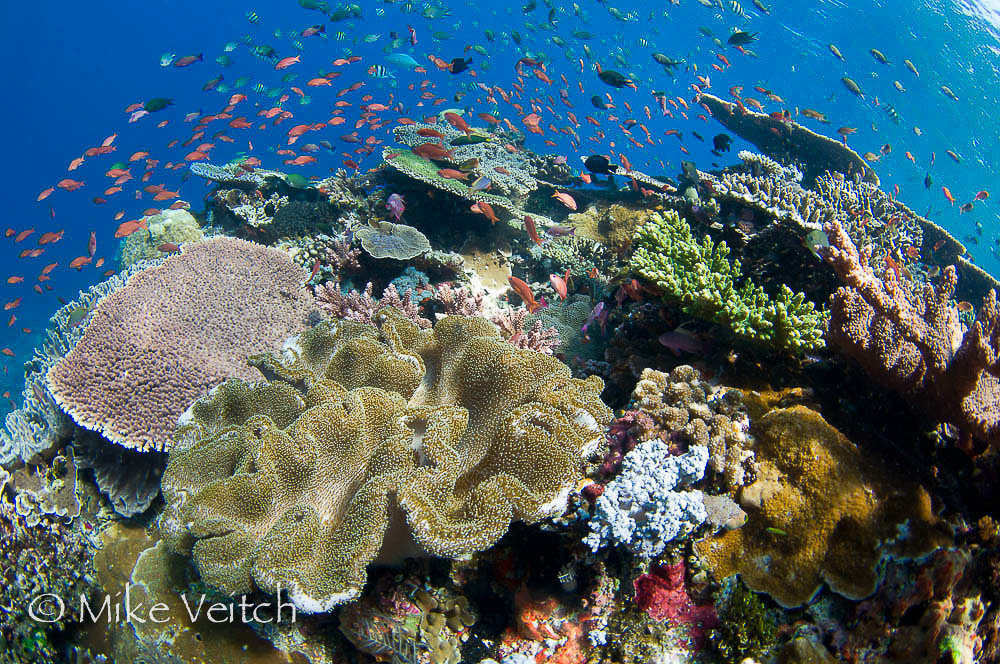
With over 1000 species of fish and 200 species of coral, Komodo is a marine lovers’ paradise. Healthy and colourful coral gardens surround all of the islands in the area and rise to very shallow depths where sun rays dapple the coral with light. The hard corals are generally located in safe and sheltered bays and these environments are appropriate for swimmers of all ages and skill levels. The snorkelling is among the finest in Indonesia with a variety of animals that can be regularly encountered: turtles, reef sharks, school upon school of small fish, anemone fish, and if luck is running high, even the endangered Dugong. For more adventurous and experienced snorkelers, an exhilarating drift snorkel can also be experienced by jumping into one of the narrow channels separating the islands for an extra jolt of adrenaline, as well as the opportunity to come face to face with larger denizens of the deep.
Pulau Kalong Bat Colony at Sunset
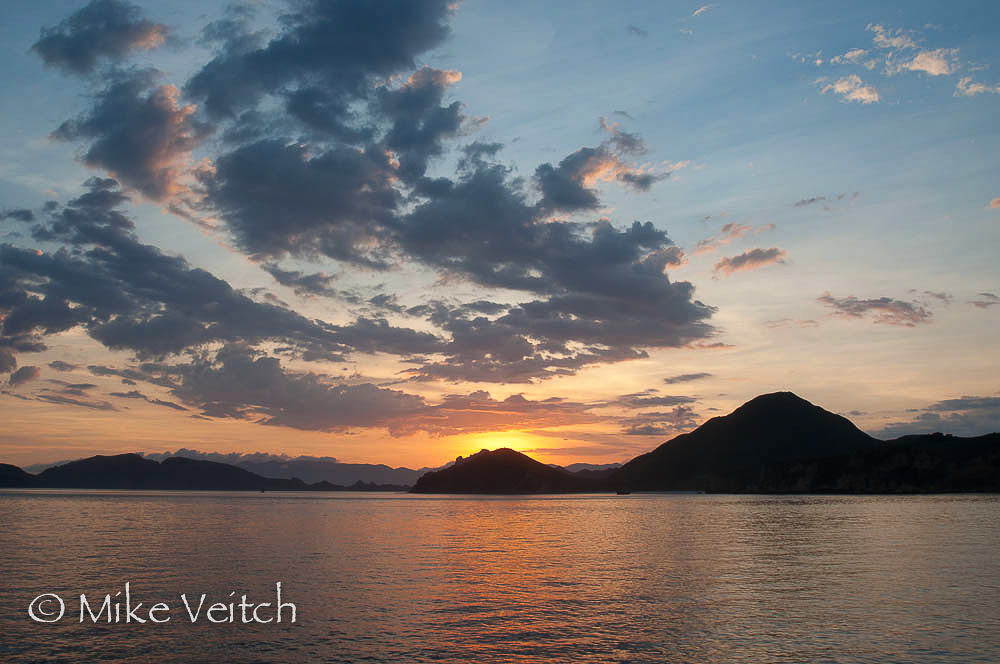
Located off the north end of Rinca island, Pulau Kalong is a small mangrove island that is home to an entire platoon of bats. These large flying foxes (fruit bats from Pteropus family) can reach a wingspan of 3 feet (1 metre) and the colony can be found during the day roosting among the mangrove trees. The optimum time to visit Pulau Kalong is just before sunset, just as these nocturnal beasts begin to stir for their nightly activities. It’s imperative to anchor or stand off in the correct location on the shoreline in order to watch thousands of bats take off into the sunset. Watching these awkward flying mammals with their unmistakable silhouette contrasting with brilliant pink skies, is the perfect end a day in Komodo National Park.
Explore a Traditional Fishing Village
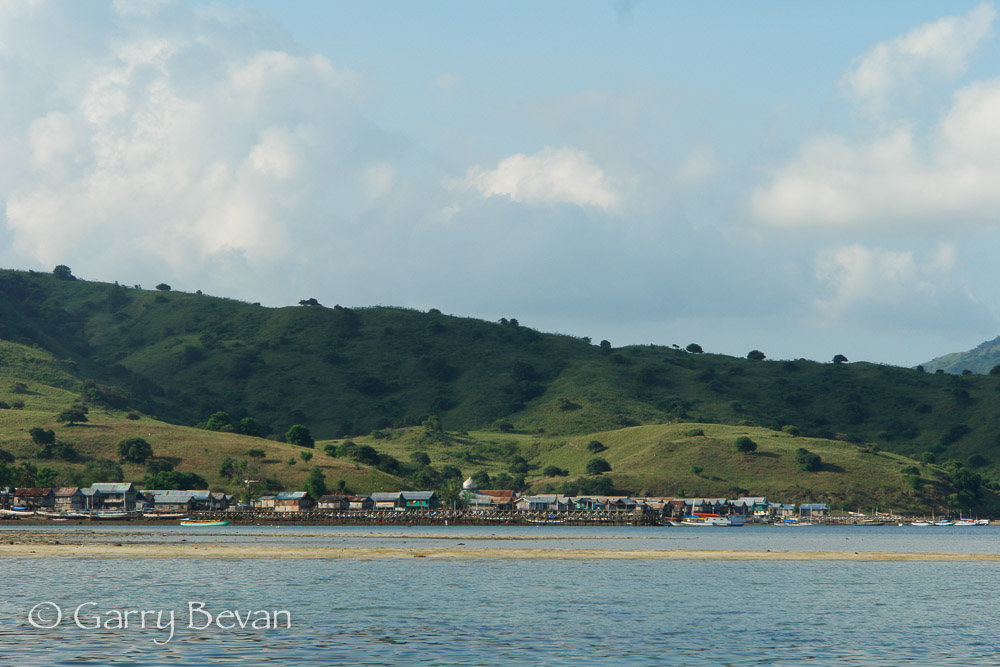
Towards the northern border of Komodo National Park there are two villages inhabited by Bajau “sea gypsies” who build unique housing settlements on stilts and live off the sea by subsistence fishing. The villages don’t get a lot of visitors and as a result the villagers are always willing to welcome folks who take the time for a trip. Legions of eager young children surround visitors and escort them throughout the village in great excitement, all talking at once. On Komodo island, adjacent to the National Park building, lies the village of Komodo itself, the largest of the settlements with the National Park. The villagers here are also Muslim fishermen, many of whom are recent arrivals from Sumbawa or Sulawesi. All of the villages in the area are relatively poor and overpopulated for their size, the living conditions can be startling to some, as the locals live a much simpler lifestyle than residents of Labuan Bajo or Bali. However, even with many hardships such as poor health or lack of fresh water, they are always smiling and friendly to visitors. A village visit is certainly and eye opening and worthy excursion for anyone wishing to see all aspects of life in Komodo National Park.
Dive the Most Diverse Reefs of Indonesia
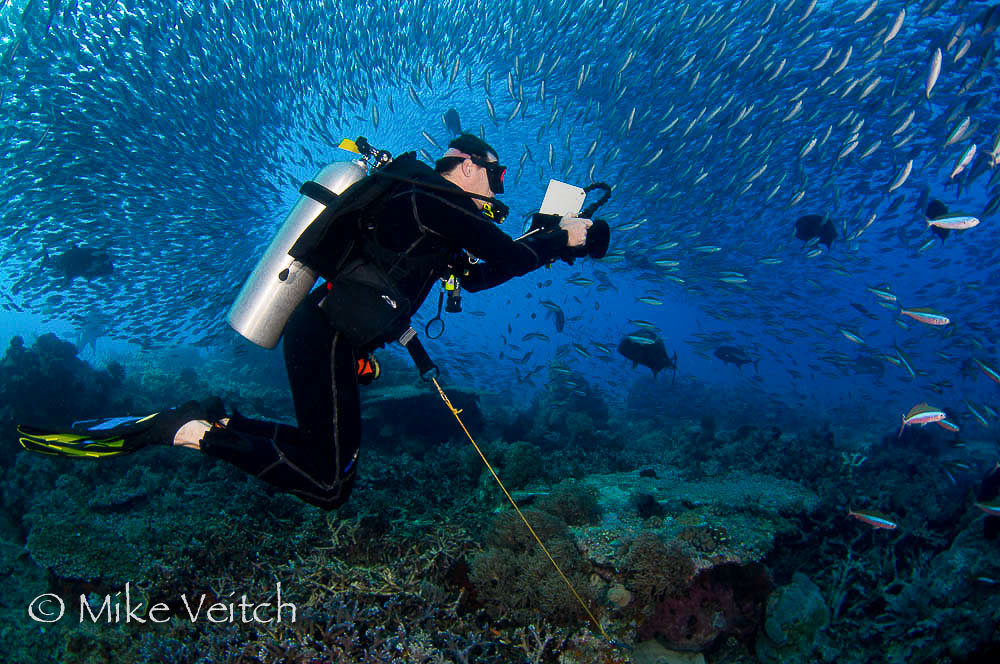
As mentioned previously, the snorkelling in Komodo is world class, but how is the diving experience? The good news is that during a cruise throughout the National Park, the diving is on par with the best in all of Indonesia, due in part to the sheer variety of habitats in the area. There are abundant weird and wonderful small marine life such as nudibranchs, frogfish, pygmy seahorses, and all kinds of crabs and shrimp that call black sand slopes home. Multiple shallow seamounts rise from the sea floor, many home to huge schools of fish, white tip and grey reef sharks, eagle rays, sea snakes, turtles – the occasional dolphin can be spotted too. The constant current that flows through the area provides nutrient rich water that creates the perfect conditions for soft coral growth, with an abundance found on all the major dive sites in a mesmerizing variety of hues and colours. During the period from April to October, the northern area of the park enjoys calm, clear water with average temperatures of around 28C (81F) whereas in the south the water can be rough with an average temperature range of around 19-23C (66-76F). From November through to March the winds switch and the north can be affected by wind, while the south enjoys calm seas with clear blue water. A word of warning for divers: the Komodo area is home to very strong and potentially dangerous currents at certain dive sites, an experienced dive guide is recommended in order to dive the more challenging sites at the appropriate tide.
Komodo can be explored year round, but to cruise the entire area – the north and the south, historically the preferred time to visit Komodo is from around the month of April through to late November, as prevailing winds come from the south and most areas are easily accessible. From December until March winds from the north can make the seas in the northern region challenging and some areas become less accessible due to the oceanic conditions.
Overall, Komodo is one of the most exciting and varied cruising destinations in Indonesia. From unique flora and fauna both on land and in the water, stunning vistas across volcanoes and coral islands, to beautiful white and pink beaches and stunning coral reefs, many weeks can be spent exploring Komodo and the surrounding archipelago.
Footnote:
Contact Seal Superyachts Indonesia for detailed information about cruising around Indonesia, superyacht charter regulations and about how we can support your visit.
Principle agent Andy Shorten is proud to have worked with many of the World’s largest Superyachts and has extensive knowledge of Indonesia and the surrounding area.
Andy Shorten
Phone: +62 81 338 732 764
Email: info@thelighthouseconsultancy.com
